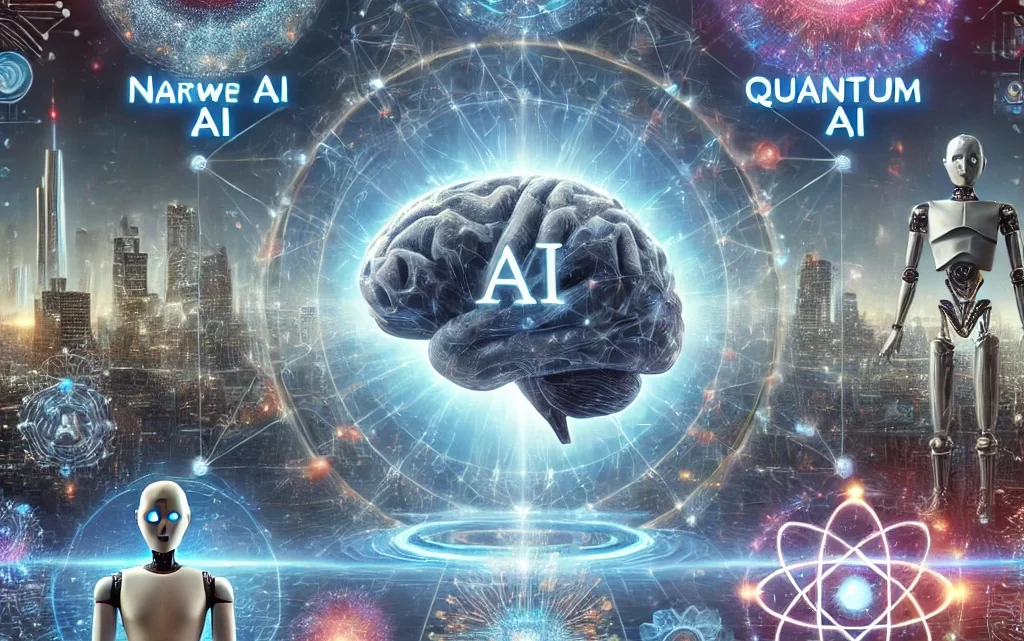
The Power of Generative AI: Revolutionizing Synthetic Data in Bioinformatics
July 8, 2025In the rapidly evolving field of bioinformatics, the ability to generate and analyze vast amounts of biological data is critical for breakthroughs in drug discovery, protein function studies, and personalized medicine. However, obtaining high-quality, diverse, and ethically sourced biological datasets can be challenging due to privacy concerns, limited sample sizes, and the high cost of experimental data generation. Enter Generative AI, a transformative technology that is reshaping the landscape of bioinformatics by creating synthetic biological datasets. Models like Variational Autoencoders (VAEs) and Generative Adversarial Networks (GANs) are at the forefront of this revolution, enabling researchers to accelerate hypothesis generation, enhance training datasets, and drive innovation in fields such as drug discovery and protein function studies.
What is Generative AI?
Generative AI refers to a class of artificial intelligence models designed to create new data that mimics the characteristics of real-world data. Unlike traditional machine learning models that focus on classification or prediction, generative models learn the underlying patterns and distributions of data to produce synthetic outputs. In bioinformatics, this means generating realistic biological datasets—such as genomic sequences, protein structures, or molecular interaction profiles—that can be used for research without relying solely on experimentally derived data.
The two most prominent generative AI models in this space are:
Variational Autoencoders (VAEs): VAEs work by encoding input data into a compressed latent space and then decoding it to reconstruct or generate new data. They are particularly effective for generating continuous data, such as gene expression profiles or molecular descriptors, and are valued for their ability to produce interpretable latent representations.
Generative Adversarial Networks (GANs): GANs consist of two neural networks—a generator that creates synthetic data and a discriminator that evaluates its authenticity. Through a competitive process, GANs produce highly realistic data, making them ideal for generating complex datasets like synthetic protein sequences or chemical compound libraries.
Why Synthetic Data Matters in Bioinformatics
Biological research often faces a data bottleneck. Experimental data collection, such as sequencing genomes or characterizing protein interactions, is time-consuming, expensive, and often limited by ethical constraints. For instance, patient-derived genomic data is sensitive, and privacy regulations like GDPR or HIPAA restrict its use. Additionally, rare diseases or underrepresented populations may lack sufficient real-world data for robust analysis.
Synthetic data generated by generative AI models addresses these challenges by:
Overcoming Data Scarcity: Synthetic datasets augment limited real-world data, enabling researchers to train machine learning models on larger, more diverse datasets.
Protecting Privacy: Synthetic data eliminates the need to use sensitive patient data, reducing privacy risks while maintaining statistical properties similar to real data.
Accelerating Hypothesis Generation: By simulating biological scenarios, synthetic data allows researchers to test hypotheses, explore edge cases, or model rare events without costly experiments.
Enhancing Drug Discovery: Synthetic molecular or protein data can be used to screen potential drug candidates or predict drug-target interactions, speeding up the drug development pipeline.
Applications in Drug Discovery
One of the most exciting applications of generative AI in bioinformatics is in drug discovery. Developing new drugs is a lengthy and costly process, often taking over a decade and billions of dollars. Generative AI models can streamline this by generating synthetic molecular structures or protein-ligand interactions for virtual screening. For example:
Molecular Design: GANs can generate novel chemical compounds with desired properties, such as high binding affinity to a target protein. These synthetic molecules can then be prioritized for experimental validation, reducing the number of compounds that need to be synthesized and tested.
Protein-Ligand Interactions: VAEs and GANs can simulate how small molecules interact with target proteins, aiding in the identification of potential drug candidates for diseases like cancer or Alzheimer’s.
Optimizing Lead Compounds: Generative models can propose modifications to existing drug candidates to improve efficacy, reduce toxicity, or enhance pharmacokinetic properties.
By generating synthetic datasets for training predictive models, generative AI reduces reliance on limited experimental data, enabling faster and more cost-effective drug discovery.
Advancing Protein Function Studies
Proteins are the workhorses of biology, and understanding their functions is critical for unraveling disease mechanisms and developing targeted therapies. However, experimental methods like X-ray crystallography or NMR spectroscopy are resource-intensive. Generative AI offers a powerful alternative by creating synthetic protein sequences or structures for analysis.
Synthetic Protein Sequences: GANs can generate novel protein sequences that mimic the structural and functional properties of natural proteins. These sequences can be used to study protein folding, stability, or interactions with other molecules.
Protein Structure Prediction: While tools like AlphaFold have revolutionized protein structure prediction, generative AI models complement these efforts by generating synthetic structures for hypothesis testing or exploring protein variants.
Functional Annotation: VAEs can model the latent space of protein functions, helping researchers predict the roles of uncharacterized proteins based on synthetic data.
For example, a GAN could generate a synthetic protein sequence with specific enzymatic properties, which researchers could then validate experimentally. This approach accelerates the discovery of novel proteins with therapeutic potential.
Challenges and Ethical Considerations
While generative AI holds immense promise, it also comes with challenges. Synthetic data must be carefully validated to ensure it accurately represents real-world biological systems. Poorly designed models can produce unrealistic or biased data, leading to flawed conclusions. Additionally, the interpretability of generative models like GANs remains a hurdle, as their “black box” nature can make it difficult to understand how synthetic data is generated.
Ethical considerations are also critical. While synthetic data mitigates privacy concerns, it must be ensured that the generated data does not inadvertently replicate sensitive information from the training set. Furthermore, equitable access to generative AI tools and synthetic datasets is essential to prevent disparities in research capabilities.
The Future of Generative AI in Bioinformatics
As generative AI continues to advance, its impact on bioinformatics will only grow. In 2025, we can expect to see:
Improved Model Performance: Advances in generative AI algorithms will produce even more accurate and diverse synthetic datasets, enhancing their utility in research.
Integration with Multi-Omics: Generative AI will play a key role in integrating genomics, proteomics, and metabolomics data, enabling comprehensive models of biological systems.
Real-Time Applications: The combination of generative AI with edge computing could enable real-time generation of synthetic data for personalized medicine applications, such as tailoring treatments based on a patient’s unique genetic profile.
Conclusion
Generative AI, powered by models like VAEs and GANs, is transforming bioinformatics by unlocking the potential of synthetic biological datasets. By addressing data scarcity, protecting privacy, and accelerating research, these models are paving the way for breakthroughs in drug discovery, protein function studies, and beyond. As we navigate the challenges and ethical considerations, the future of generative AI in bioinformatics looks bright, promising a new era of innovation in biological and medical research.
For researchers, students, and professionals in bioinformatics, now is the time to explore the possibilities of generative AI. Whether you’re designing novel drugs or unraveling the mysteries of protein function, synthetic data is set to become a cornerstone of discovery in the years to come.

















